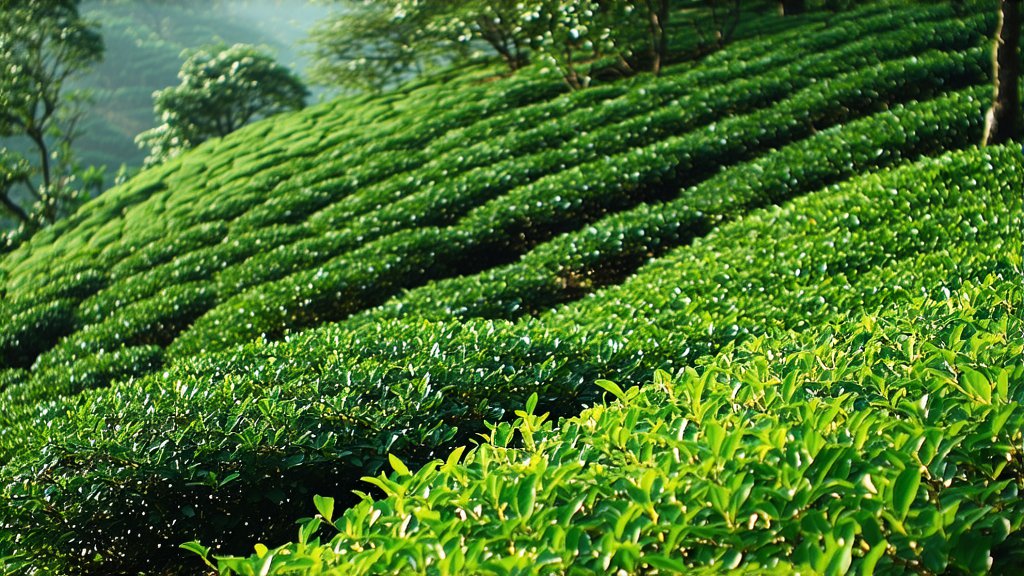
Longjing Tea, also known as West Lake Dragon Well Tea, is a revered variety of Chinese green tea that has captured the hearts and palates of tea connoisseurs around the world. Originating from the picturesque hills surrounding West Lake in Hangzhou, Zhejiang Province, this exquisite tea boasts a rich history intertwined with Chinese culture and tradition.
History and Heritage
The story of Longjing Tea dates back over a thousand years to the Tang Dynasty (618-907 AD), when it was first cultivated by Buddhist monks in the area. However, it gained widespread recognition during the Qing Dynasty (1644-1912) when Emperor Kangxi praised its exceptional quality and bestowed upon it the imperial title of "Tea of Quality." Since then, Longjing has been celebrated as one of China's most prestigious teas, often associated with elegance, refinement, and the art of tea-making.
Varieties and Cultivation
Longjing Tea comes in several grades, with the highest being the famous "Xi Hu Long Jing" or West Lake Dragon Well tea. This premium variety is grown within the designated West Lake region, where the unique microclimate, fertile soil, and pristine water sources contribute to its unparalleled flavor profile. The tea bushes are carefully nurtured, and only the youngest, tenderest leaves are handpicked during the early spring harvest, ensuring optimal freshness and quality.
There are also other notable varieties such as Meijiawu Longjing, which is cultivated in the neighboring village of Meijiawu, and Yuhang Longjing, hailing from the Yuhang District. While these regional variations may exhibit slight differences in taste and aroma due to their distinct terroirs, they all share the fundamental characteristics that define Longjing Tea.
Artistry in Processing
The intricate craftsmanship involved in producing Longjing Tea is a testament to the skill and dedication of Chinese tea masters. The processing method is a delicate balance between preserving the natural essence of the leaves and enhancing their inherent flavors through meticulous techniques.
-
Hand-Picking: The journey begins with the careful selection of the finest leaves and buds, typically plucked by experienced tea farmers who can discern the perfect moment for harvesting. Only the top two leaves and a bud are chosen, ensuring uniformity and high quality.
-
Withering: After picking, the leaves undergo a brief withering process to reduce moisture content slightly, making them more pliable for shaping.
-
Pan-Frying: This step is where the magic happens. The withered leaves are placed in a heated wok or pan and stirred continuously by skilled artisans. The heat not only halts oxidation but also transforms the leaves, imparting a distinctive flat shape reminiscent of dragon scales – hence the name "Dragon Well." The constant stirring ensures even heating and prevents burning while allowing the natural oils to emerge, contributing to the tea's glossy appearance and rich flavor.
-
Shaping: As the leaves cool down, they are shaped into their iconic flat form using specialized tools. This process further refines the texture and enhances the visual appeal of the finished product.
-
Drying: Finally, the shaped leaves are dried at lower temperatures to remove any remaining moisture, stabilizing the tea for storage and transport without compromising its delicate flavors.
A Symphony of Aromas and Flavors
Longjing Tea is renowned for its complex yet harmonious flavor profile, characterized by a perfect blend of sweetness, umami, and a subtle vegetal note. When brewed, the tea releases a captivating aroma that evokes fresh springtime, with hints of chestnuts and orchids dancing in the air.
To truly appreciate the nuances of Longjing, proper brewing techniques are essential:
-
Water Temperature: Use water heated to approximately 80-85°C (175-185°F). Boiling water can scorch the delicate leaves, resulting in bitterness.
-
Tea-to-Water Ratio: A general guideline is 3 grams of tea per 150ml of water, but adjustments can be made based on personal preference.
-
Steeping Time: For the first infusion, steep the leaves for about 1-2 minutes. Subsequent infusions can be extended gradually, as Longjing is known for its ability to produce multiple delicious brews.
-
Appreciation: Observe the tea dance gracefully as it unfurls in the hot water, releasing its vibrant hue and enticing aroma. Savor each sip slowly, allowing the flavors to unfold on your palate, and experience the tranquility that this ancient beverage brings.
In conclusion, Longjing Tea stands as a shining example of China's rich tea heritage, embodying centuries of tradition, artistry, and passion for excellence. Its unique combination of flavors, history, and the meticulous care taken in its production make it a must-try for any tea enthusiast seeking an authentic taste of Chinese culture. Whether enjoyed alone as a moment of quiet reflection or shared among friends in a lively gathering, Longjing Tea invites all who partake to embark on a sensory journey that transcends time and borders.